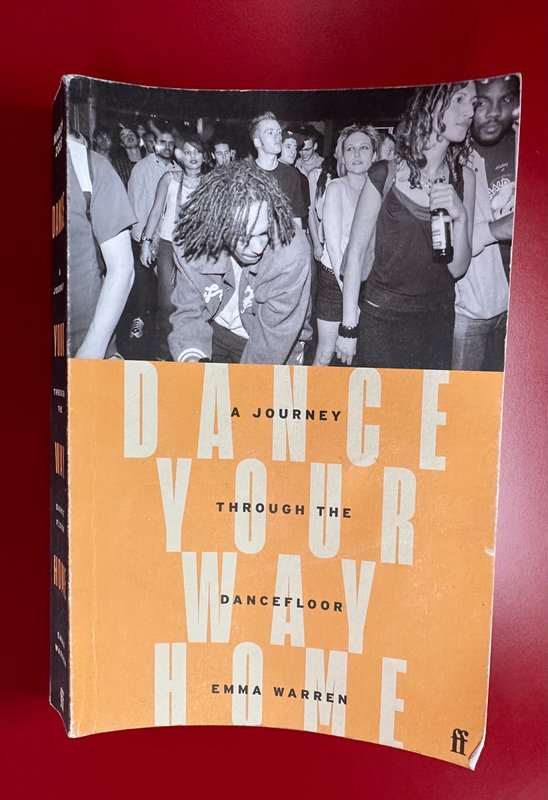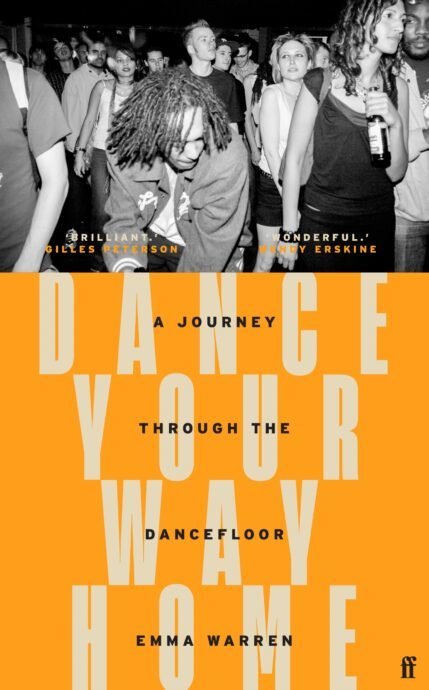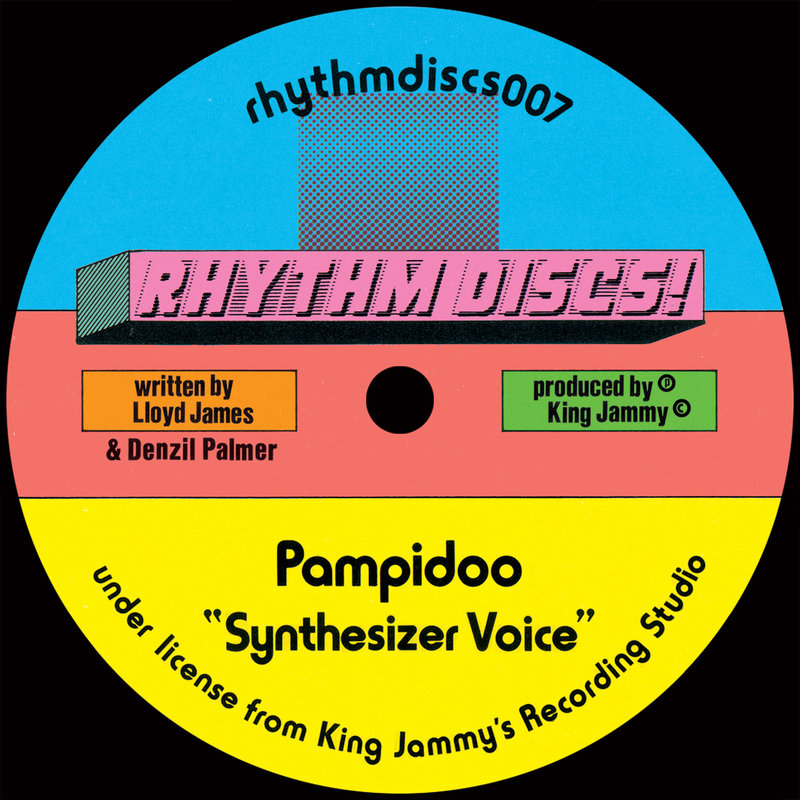
I'll say this early, Emma Warren’s ‘Dance Your Way Home – A Journey Through The Dancefloor’ is just brilliant. A thoroughly informative but also entertaining read pulling the spine or threads of her life into one rich story
Emma starts the book with a breakdown of ‘Definitions’, defining the key blocks the book is built on. In this case dancing, the dance, dancers (of varying kinds) and the everstream which is Emma’s way of describing the evolving and interconnected parts of our culture that become apparent as we dance. The book begins where a lot of people’s first foray into music also begins which is at home in front of the television dancing to Top of the Pops or whatever the equivalent of this is wherever you are. It’s a natural beginning.
From here we move through the electric slide, onto how jazz brought about a ban on dancing in Ireland in the 1930s and then into the youth club. Not sure about you but when we were still in primary school aged 11 the youth club was where we went to do (admittedly pretty terrible) breakdancing to the sound of Streetsounds Electro compilations whilst eating crisps. It was ace. We had a lino and a place to go…
Which brings us to the key touchstones in Emma’s writing in general and in this book. She is a firm believer in the need for spaces for culture and people to live and grow and breathe and that these spaces are slowly being removed from our society by councils, developers and more. Her previous book ‘Make Some Space’ was specifically about this subject though told often through the eyes of London’s Total Refreshment Centre music venue. We were hugely lucky, though it should just be the norm, to have these 'youth' spaces when we were young to attend and hang out and to also just learn to interact with people that weren’t your mates or who might be a bit different to you. It is quite apparent now how lucky we were as young people literally don’t have places to go and in a very salient point Emma points out ‘our society fetishes youth but doesn’t seem to like youth very much’.
Emma also makes strong stands against injustice, both in the removal of spaces and to people in general (see the writing in the book on David Emmanuel aka Smiley Culture). She is cautious to not stand where her shadow hasn't been so uses Lewisham at one point, home borough to Emma, to tell the story of reggae and reggae dance in the area and London's wider whole.
Emma and I grew up in the same area and went to the same under 18s disco which was called The Civic. It was ace. It’s the last time I saw long line dances being done to ‘the jingo’ or ‘rock the boat’. A whole club full of local kids letting off to amazing disco and hip hop and the early days of house. We had Silver Bullet do a PA and loads of other people coming through. It was great and I love the fact that the small town I grew up in named Orpington had a proper club that still pays its dues to music though these days in the form of a regular record fair.
The book gently informs the reader on the history of dance and cultural touch-points that relate to each section of the book whilst Emma tells personal stories of her life discovering acid house at Shoom and Rage, heading to Manchester to get lost in Jockey Slut magazine and then coming back to write in London for the Face before heading in to a new wave of a career working alongside young people in Brixton. Each section of this is accompanied by stories of the dance and its history in our culture.
We visit Chicago to hear about footwork and then head back to London to get lost in the new sounds of DMZ and dubstep. Emma got totally revitalised and into music again on discovery of the early more soulful days of dubstep which naturally led her on to being a very vocal supporter of the new London jazz scene and its players, dancers and spaces.
The stories of spaces and dances and culture are all fed through her bones and the bones of others into the dancefloor to dance our culture meeting familiar names and faces along the way. We meet Tony Basil, Winston Hazel, Ron Trent and Ade Fakile (founder of London’s seminal space Plastic People) and many more. We get an understanding on what spaces need to make the dance happen and much of the time the requirement is people with stories to tell through their movements.
Emma moves on to learn contemporary dance to get a further understanding of what this all means and to generally take herself into new spaces. Emma is all about the now. As she says, ‘I am set firmly against anything which veers into ‘it was better in the olden days’ territory, and generally, I’m with Gil Scott-Heron, who enunciated the ‘no’ at the start of nostalgia.’ She tells a poignant lovely story about a lady dancing her grandad into the next life (I’ll leave this for the book).
The point of this book, or what I took from the book in the main, is we are all dancers. We inform our cultures by our dance and continue, for me anyway, our love affair with music by sometimes finding a dark corner near a speaker in a club or letting off a dance in the kitchen. The book ends with young people dancing their stories. A fitting place for a new beginning.

Emma Warren's 'Dance Your Way Home – A Journey Through The Dancefloor' is available for pre-order HERE and is published by Faber on the 16th March 2023.


